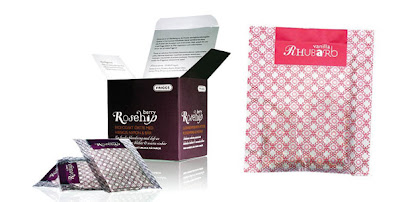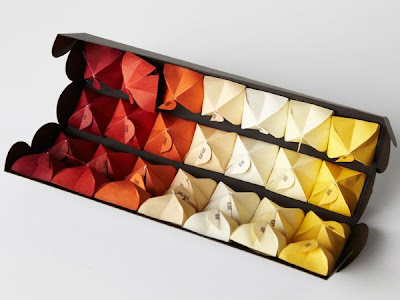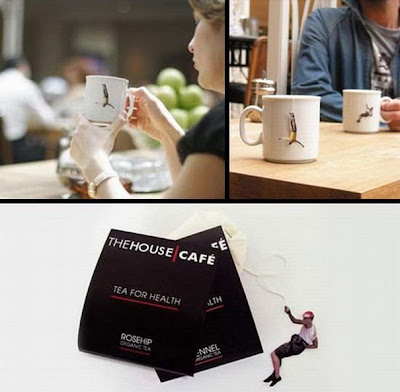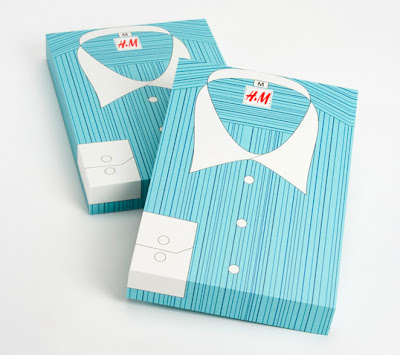After brainstorming some ideas as a group, we decided we wanted to make our own product viral to give us the scope to do more with it than if it were associated with someone else, in which case we could be limited due to legal regulations. We decided on our own brand of tea.
We brainstormed some ideas for names and found that some of the ones we liked such as 'T' and 'Teapee' were already used, and decided in the end on 'Brewed'. We planned for it to be aimed at a younger audience; students and young professionals, and wanted to make tea 'cool'.
The idea of our brand was to create something that could rival Starbucks or Costa as leading coffee brands. There are so few chains of tea rooms as widely known as these and so we decided to make everything 'Brewed' from cups, to teabag tags, and started thinking of ideas for a video that could be passed between people via youtube.
While doing this we each came up with a selection of logo ideas and found that the selection we ended up with was hugely varied.
A selection of Sam's logo ideas
A selection of my logo ideas
We decided eventually on using Ollie's logo idea as it was slightly more contemporary than the rest of ours, which would aid the 'tea is cool' mentality. It also stuck to the 2 colours and stock requirement which would enable us to keep the designs consistent.
Before our first crit we brainstormed ideas on how to make the brand viral, the usual things like twitter/facebook/instagram, but after some thought landed on the idea of a video, something that our target audience would respond to and send to other people. We also thought about streaming our presentation live from another place to stay in-keeping with the theme.
However, during our first crit it came to our attention that while these methods of communication are effective in some cases, for a product that hasn't been tried by the public, it's not something many people will follow. It was suggested that we go to Millenium Square and hand out our new brand of tea to passers-by, at a time of day (such as coming home from work/uni) that someone would want to sit down with a cup of tea.
This decision allowed us to layout exactly what we needed to do. We ordered 200 plain white paper cups (by accident) and 100 lids for them for £20.00 and after dividing up the workload, we started designing some of the products that were to go with it.
Since we hadn't yet decided on which logo to use I started designing the cups, tags and some further logo ideas with the ones that I had designed, making them easily able to adapt to another logo as they were keps fairly simple.
We decided eventually on using Ollie's logo idea as it was slightly more contemporary than the rest of ours, which would aid the 'tea is cool' mentality. It also stuck to the 2 colours and stock requirement which would enable us to keep the designs consistent.
It came to my attention that we couldn't print onto the cups and that even if we were to spray mount the design onto the cups, the minute hot water went into the cup it would start to peel off. Because of this it was decided to keep the cups plain and design a sleeve to wrap around them, which would be needed when the cup was hot anyway.
I designed some sleeves after comparing dimensions with another sleeve for a 12oz cup which used Ollie's logo, and had the twitter and facebook page. I printed the sleeves onto cartridge paper (which we chose as it is a thick stock which is easily accessible and can run through a printer), the cut and glued each individually to be wrapped around 100 of the paper cups.
While I was designing the cups and sleeves, Ewan had bought 100 drawstring tea bags in which himself and Ollie put a blend they had made of several other tea brands. Simple tags were glued to the end, each of which had the logo and brand name.
Sam started to explore ideas for packaging and after some research, landed on the idea of packaging the tea bags into a tube.
While this idea would have worked really well with the 'tea is cool' ethos of the brand, it was difficult to find a tube of the right size and width so instead, Sam decided on using small and simple brown boxes that could have a thin strip wrapped around it containing brand name and information.
In our second crit, it became apparent that giving out hot tea could create a lot of problems, as we would have to boil the water elsewhere and would struggle to keep the tea hot. It was suggested that we just give out the cup with the tea bag inside so the drinker can have it when they want. This would also make people more inclined to take one, so they don't feel they have to have one then.
When we decided on this, Ewan and Ollie printed our logo onto some brown paper bags in which we could put the tea cup and tea bag, along with flier of info graphic information based on tea and our brand.
We decided to carry on with the video plan, which we planned to feature a Brewed tea cup and a coffee cup in a fight, with the tea ultimately eliminating any competition from other brands. Danielle created two costumes, using fabric, straps and a hula hoop which featured the iron on Brewed logo for the tea cup and a simple iron on 'COFFEE' for the other.
We filmed in the Leeds University campus, in-keeping with our awareness target of students and young professionals. With Ollie as the Brewed cup and Ewan as the coffee, Sean edited the footage to fit something our target audience would be interested in or find funny.
We sent the video to our respective facebook friends, twitter followers and mailing lists for people to watch and got a fairly good reception.
In the last week our focus was on the product itself and on Thursday we prepared all of the cups and bags to hand out to people on Leeds Uni campus again as it did hold the largest ratio of our target audience to others.
We had a good reception upon handing them out and a lot of people wanted to take one which I don't think they would have had it been a hot tea cup.
.jpeg)





























































































